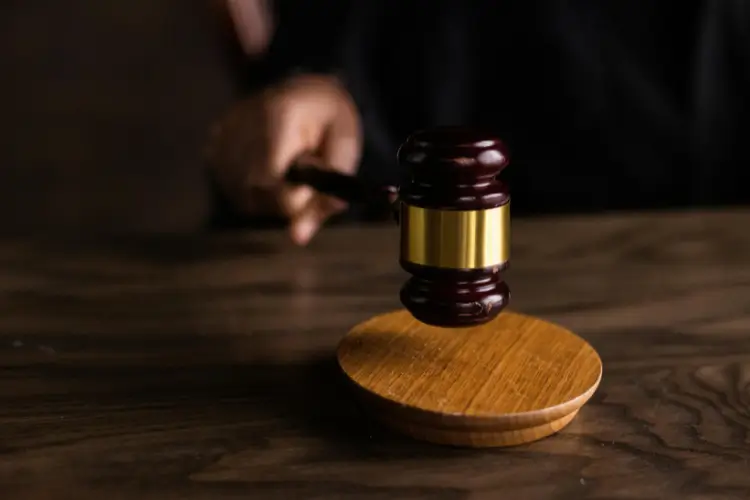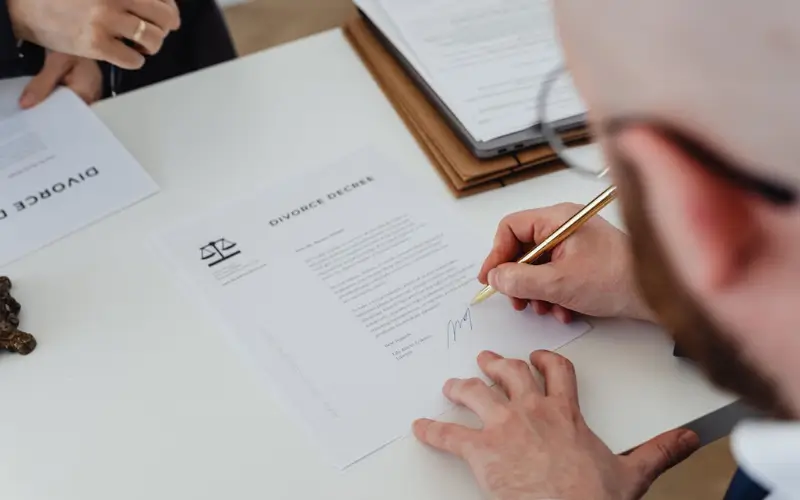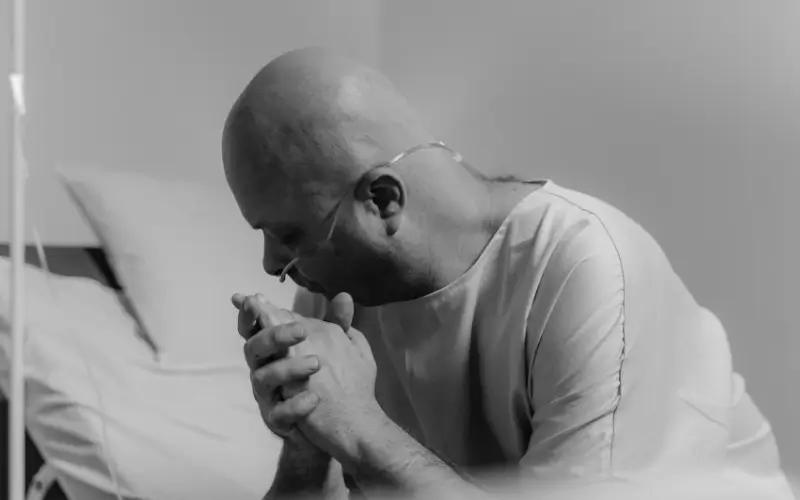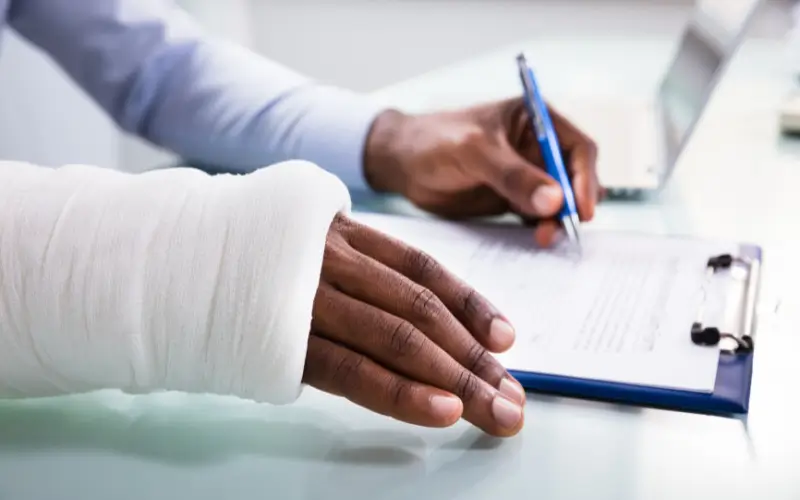Courtroom procedures are high-stakes events whereby every ruling can greatly affect the course of a lawsuit. There is a lot of pressure to make the right decisions, from witness testimony to legal arguments. Managing the complexity of a trial calls for a strong awareness of courtroom manners, legal tactics, and the capacity to predict the moves of the other side. Staying aware of typical mistakes will help you to make sure your case is presented in the best possible light, so optimizing your chances of success.
Preparing Thoroughly for Witness Testimony
A trial’s most important component is often the evidence offered by witnesses. Witnesses who lack strong preparation may fail to provide their testimony clearly or stumble during cross-examination. Every witness must be completely ready for the stand, having practiced their remarks and comprehended the main points they must cover. Apart from getting your witnesses prepared, you also have to consider the questioning techniques of the other side. Think through any difficulties and resistance that might surface during their testimony, as well as the expert witnesses they might call. Having strategies for probing expert witnesses can help you undermine their credibility, particularly if you notice inconsistencies or flaws in their expertise.
Maintaining Control of the Courtroom Environment
Courtrooms are formal environments where keeping decorum is crucial to guarantee the operations of the processes. Emotions, personal biases, or tension between parties can all have a negative impact on the atmosphere in the courtroom. Being calm and collected is essential for litigators, independent of the circumstances or the behavior of the other side. This degree of control shows professionalism and can help the court see you and your case. Maintaining a steady demeanor helps you concentrate on the facts when confronted with opposing counsel’s strategies meant to incite or deflect. A quiet objection usually helps to control disruptions by giving the judge the chance to decide on a matter before it gets more serious. Avoiding common mistakes mostly depends on knowing when to speak up in the courtroom and when to remain silent, particularly in light of aggressive strategies that could derail the proceedings.
Mastering the Art of Legal Argumentation
Legal argumentation is about persuading the court or jury of its merits, not only about presenting your case. One of the typical mistakes is stuffing the court with pointless legal language or long explanations meant to hide the main points. Although the facts are crucial, in court cases it is much more beneficial to be able to reduce convoluted material into clear, concise arguments. Emphasize clearly presenting the main points of the case to develop legal argumentation. Strategically use evidence to back up every claim and guarantee logical connections between all the points of view. Remember that less is often more. Rather than overwhelming the court or jury with pointless data or complicated technicalities, the aim is to include them with a cogent story that is both persuasive and memorable.
Staying Ahead of the Opposing Counsel’s Tactics
Every attorney is aware that the other side will often employ different strategies to discredit your argument. Keeping ahead of these techniques—aggressive cross-examination, emotive appeals, or objections meant to disrupt your flow—helps you avoid slipping into traps that can compromise your case. Knowing their movements helps you to create counterarguments meant to neutralize their strategies before they gain traction. When dealing with expert witnesses, the opposing counsel may use specialized techniques to increase their credibility. Anticipating these movements and being ready to challenge the basis of their knowledge will help you to minimize the effect of such testimony.
Leveraging Technology and Evidence Effectively
In the legal environment of today, technology is increasingly important in supporting your case and displaying evidence. Technology may strengthen your case and improve your argument whether you employ expert reports, audio-visual resources, or digital displays. To prevent technical issues or overloading the jury with information, it is imperative to use these tools efficiently. Emphasizing the salient features of the supporting data guarantees that your case stays strong and persuasive. Furthermore, the logical and precise arrangement of your evidence helps to avoid ambiguity during the trial. Everything in court, including schedules and document presentations, must be perfect, as even minor technical problems could weaken the strength of your case.
Conclusion
Although court procedures can be demanding and erratic, you can make sure your case stays on course by being alert and avoiding typical mistakes. Achieving success mostly depends on your complete preparation, environmental management, strategic arguments, as well as staying ahead of your opponent’s moves. Remember to use technology and evidence effectively while keeping everything organized and focused on the main issues. Following these rules will help you confidently negotiate the complexity of litigation, strengthen your case, and lower the possibility of mistakes compromising the result of your client.




